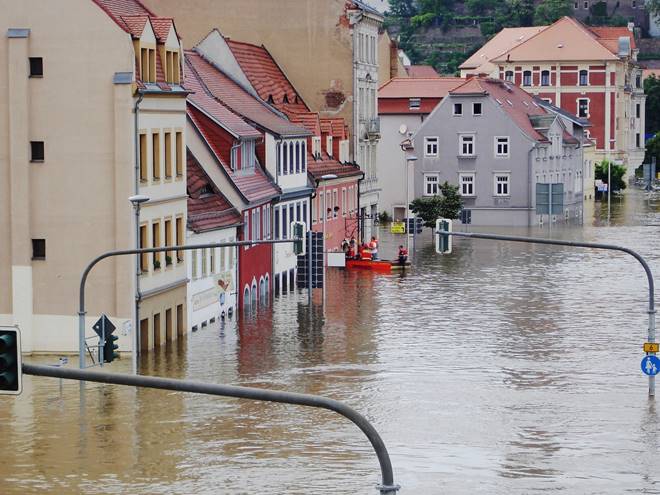Has your home been damaged by a flood? Floods can cause serious problems, from structural damage to health risks. Acting fast is important to prevent further damage. Knowing what steps to take can help make the recovery process easier.
This guide will walk you through the essential steps of flood damage repair and restoration. You will learn how to assess damage, clean up properly, prevent mold, and restore your home safely.
Assessing the Damage
Before starting repairs, check the extent of the damage. Inspect walls, floors, and furniture. Look for cracks, warping, or discoloration. Take pictures for insurance purposes.
Turn off electricity and gas to avoid hazards. If the water level was high, structural damage might have occurred. Call a professional if needed.
Checking for hidden moisture is crucial. Water can seep into walls and floors, causing long-term problems. Use a moisture meter to detect damp areas.
Removing Water and Drying the Area
Standing water must be removed quickly. Use a pump or wet vacuum to clear excess water. Open windows and use fans to speed up drying.
Dehumidifiers help reduce moisture in the air. Drying the area fully is important to prevent mold growth. Wet materials, such as carpets and drywall, may need to be removed.
Check your home’s insulation. If it is soaked, replacing it might be necessary. Water damage restoration experts can help if the damage is severe.
Cleaning and Disinfecting
Floodwater can contain harmful bacteria and debris. Disinfect all affected surfaces, including walls, floors, and furniture. Use a mixture of bleach and water to kill germs.
Throw away contaminated items that cannot be cleaned. Wash clothing and fabrics in hot water. Wear protective gear like gloves and masks while cleaning.
Check for sewage backups. If there is any, professional cleaning is required. Do not use water until local authorities confirm it is safe.
Preventing Mold Growth
Mold can start growing within 24 to 48 hours. Controlling moisture is key. Keep air moving with fans and dehumidifiers.
Remove wet items quickly. Dry walls, floors, and furniture thoroughly. Mold-resistant products, such as special paint or drywall, can help prevent future issues.
If mold appears, clean it with a mold remover. For large infestations, call a professional. Mold can cause serious health problems, so acting fast is essential.
Restoring and Repairing Your Home
Once everything is clean and dry, start repairs. Replace damaged drywall, flooring, and insulation. Paint and seal walls to prevent future damage.
Check your electrical and plumbing systems. Floods can weaken these structures. Have a professional inspect them for safety.
Furniture and personal items should be restored or replaced. Some may be salvageable with deep cleaning. Others may need to be discarded if too damaged.
Restore Your Property with This Flood Damage Repair and Restoration Guide
Flood damage repair and restoration take time and effort. Acting quickly can prevent long-term problems. Assess the damage, remove water, clean, and restore your home carefully.
Being prepared for future floods is also important. Consider waterproofing your home and keeping emergency supplies on hand. Insurance coverage can help with unexpected costs. If you found this guide helpful, check out our oth
